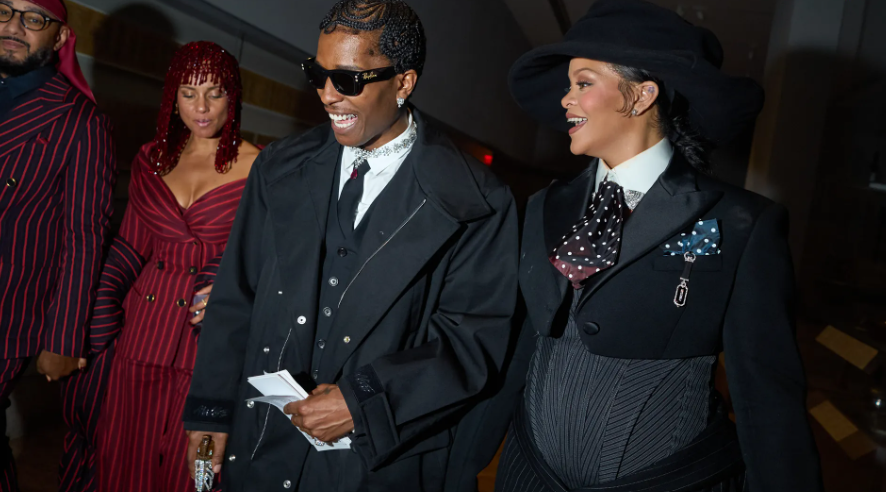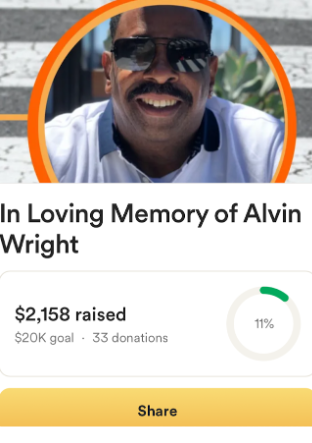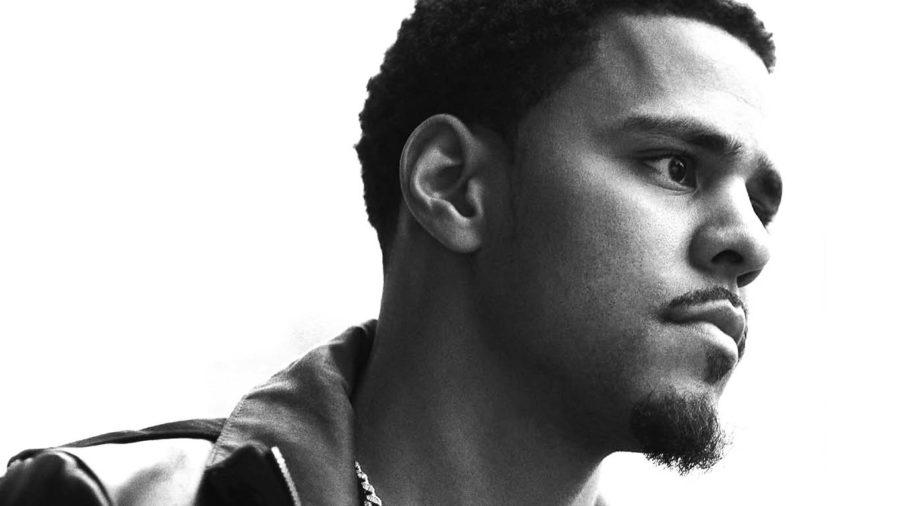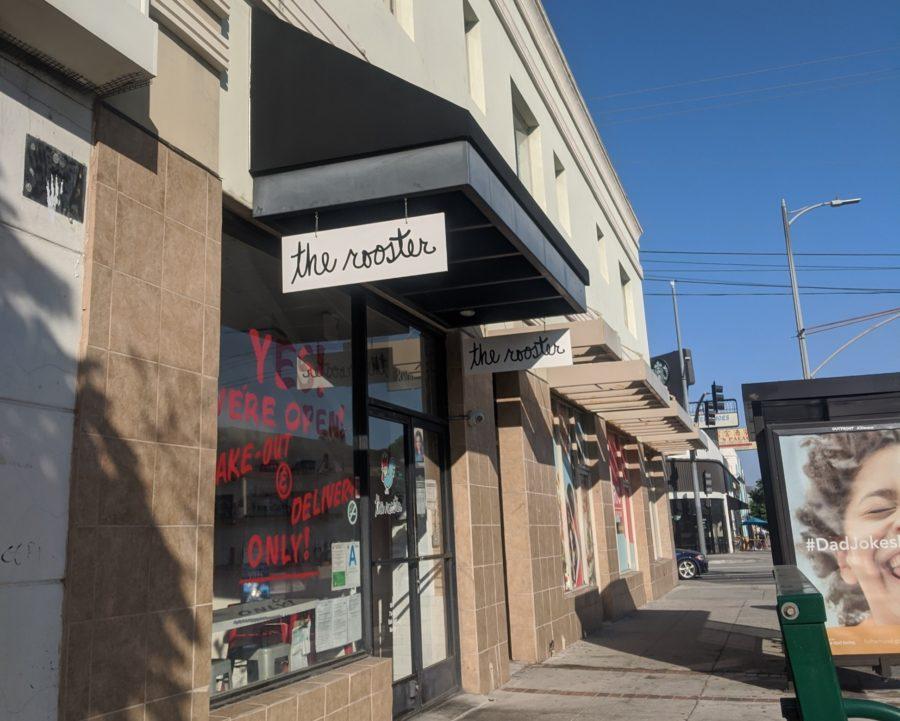KOD captures fresh, throwback J. Cole
AJ Wolken staff writer
After many months off the grid, J. Cole returned to the world of hip-hop with another classic album in his new project, ‘KOD.’ Cole revealed that the title has three meanings- Kids on Drugs, King Overdosed, and Kill Our Demons- and it is clear that the substance of the album is mainly concerned with Cole’s experiences, advice and concerns with drugs. Cole’s fifth album ‘KOD’ is another hit, that adamantly reinforces his legendary status in the industry.
The production of the project is very simple, using basic 808s and snares with minor tones and samples in the background, which allows for Cole’s voice to be the driving force behind the songs. The legendary lyricist seems to be turning away from the seriousness and melancholy of his last album ‘4 Your Eyez Only,’ and is instead approaching a unique aggressive flow more similar to the rapper’s debut album, ‘Cole World: The Sideline Story.’
The album kicks off with its best song, ‘KOD.’ The track is clearly the most upbeat song on the album, and also includes some of Cole’s best disses of his career. Following this song, the album falls into a slightly darker, more confrontational tone surrounding drugs. Songs like ‘Once an Addict’ and ‘FRIENDS’ seem to be personal stories of Cole’s experiences with his mother’s and friends’ struggles with substance abuse. He even begins the first verse of ‘FRIENDS’ with a statement that can reflect the entire album: ”I wrote this s**t to talk about world addiction.” Like every project he has made thus far in his career, Cole seems to have a purpose for this project and a lesson to teach about drugs. The overall message of the album can also be reflected by the final words of the intro track: “Life can bring much pain. There are many ways to deal with this pain. Choose wisely.”
One of the top tracks on the album, ‘BRACKETS,’ takes a step away from the drug subject matter of the work. Cole instead uses this song to criticize the US government and its taxation system, but rather than complain about having to pay taxes as one would expect a rapper to do, Cole seeks for a more transparent, more effective and more democratic tax system for the country.
In a time where hip-hop is flooded with face-tattooed caricatures who flaunt their rampant drug use, Cole brings a refreshing perspective on the state of the drug culture and even takes shots at the new generation of rappers on the final song of the album, titled ‘1985.’ By ending on this note, Cole humbly reinforces the fact that he is one of the most talented, introspective rappers in the industry and because of his talents his legacy is cemented, unlike the legacies of the new generation of rappers who only blow up because they’re “riding trends.”
Cole clearly has another memorable work in ‘KOD,’ and is able to experiment with different flows and perspectives a bit while at the same time maintaining a unique style and top-notch lyrics. Cole is known for not using features on his albums, and here he does it again and has no trouble succeeding without the help of others. While ‘kiLL edward’ is listed as a feature on two songs of the album, the fan theories proved true in that ‘kiLL edward’ is simply an alter-ego of Cole. Having released five full length albums in his career, and each being innovative and unforgettable, Cole has cemented his legacy in hip-hop as one of the greatest of all time. His album ‘KOD’ comes at a much-needed time when talented rappers are lacking in the industry.
All things considered this album is an 8.5/10.
Cole’s attempt at social commentary fails to satisfy
Brian Harward staff writer
The rap game is currently characterized by SoundCloud-famous rappers spitting about the same subjects: money, fame, women and drugs. Their production is spot on, but their verses, on top of being repetitive and vulgar, are, for the most part, awful. Although some rappers have risen above this endless sea of mediocrity, the general direction of the rap genre is not promising. However, J. Cole, the Fayetteville, North Carolina-based rapper, has never been about following the direction of this genre. KOD, the fifth full-length album by Cole, takes on a larger subject matter than many of its counterparts, wrestling with the struggles Cole faced throughout his rap career and the struggles he sees in the African-American community. It fails, however, to reach the level of its social commentary-based counterparts, and certain techniques and themes in the album seem to be identical to earlier projects by the Compton, California-based rapper Kendrick Lamar.
In his past projects, Cole has shown his breathtaking skill with lyrics and flow. On KOD, this skill and his range of sounds are on full display. His aggressive flow comes out on songs like “ATM” and “BRACKETS,” while his more laid back side is highlighted on tracks like “Photograph” and “Kevin’s Heart”. This album proved that J. Cole has a flow that is so far superior to other mainstream rappers. His flow is so versatile and so good that it made up for some other spots where this album suffered.
“KOD” is a commendable album when you just consider the quality of its music. Cole’s lyrics and flow coupled with solid, but not great, production makes for a consistent tracklist that is sure to entertain any rap fan. In addition, Cole shows his creativity by adding in “1985”, the introduction to a separate, unreleased project titled “The Fall Off”. “1985,” although it is technically not part of “KOD”, is the best track on the project because of how it blends Cole’s reflections on his own career and his revelations about the community he represents. If the rest of “The Fall Off” is as angry and reflective as this track was, “The Fall Off” will outshine any previous Cole project.
However, this album was meant to be reflective of Cole’s journey to stardom, and also was meant to be a thesis on his issue with the substance abuse of the new generation. And on those grounds, the album fell short. The best rapper for social commentary is, without a single doubt, Kendrick Lamar. Between “Good Kid, M.A.A.D City”, “To Pimp a Butterfly” and “DAMN,” Lamar shines in how he brings together an angry, disturbed flow and passionate social commentary. Cole tries to add his own socially aware edge with the storytelling that he showed in previous tracks such as “Lost Ones” and “Wet Dreamz.” At his best, like in the second half of “BRACKETS,” his top tier flow pushes a social agenda that he is clearly passionate about and personally connected to. But at his worst, Cole presents limp, surface level music that is barely more aware than the SoundCloud rap he disses on 1985.
Cole brought together his two previous albums in a way that was enjoyable. Although the album has its shortcomings, each song on “KOD” can live on its own, but listening to them together lets Cole tell you a story that you want to hear. 6.5/10
‘KOD’ widens divide between fans, critics
April 23, 2018
0
Donate to Highlights
$125
$1000
Contributed
Our Goal
Your donation will support the student journalists of Beverly Hills High School. Your contribution will allow us to purchase equipment and cover our annual website hosting costs.
More to Discover



































